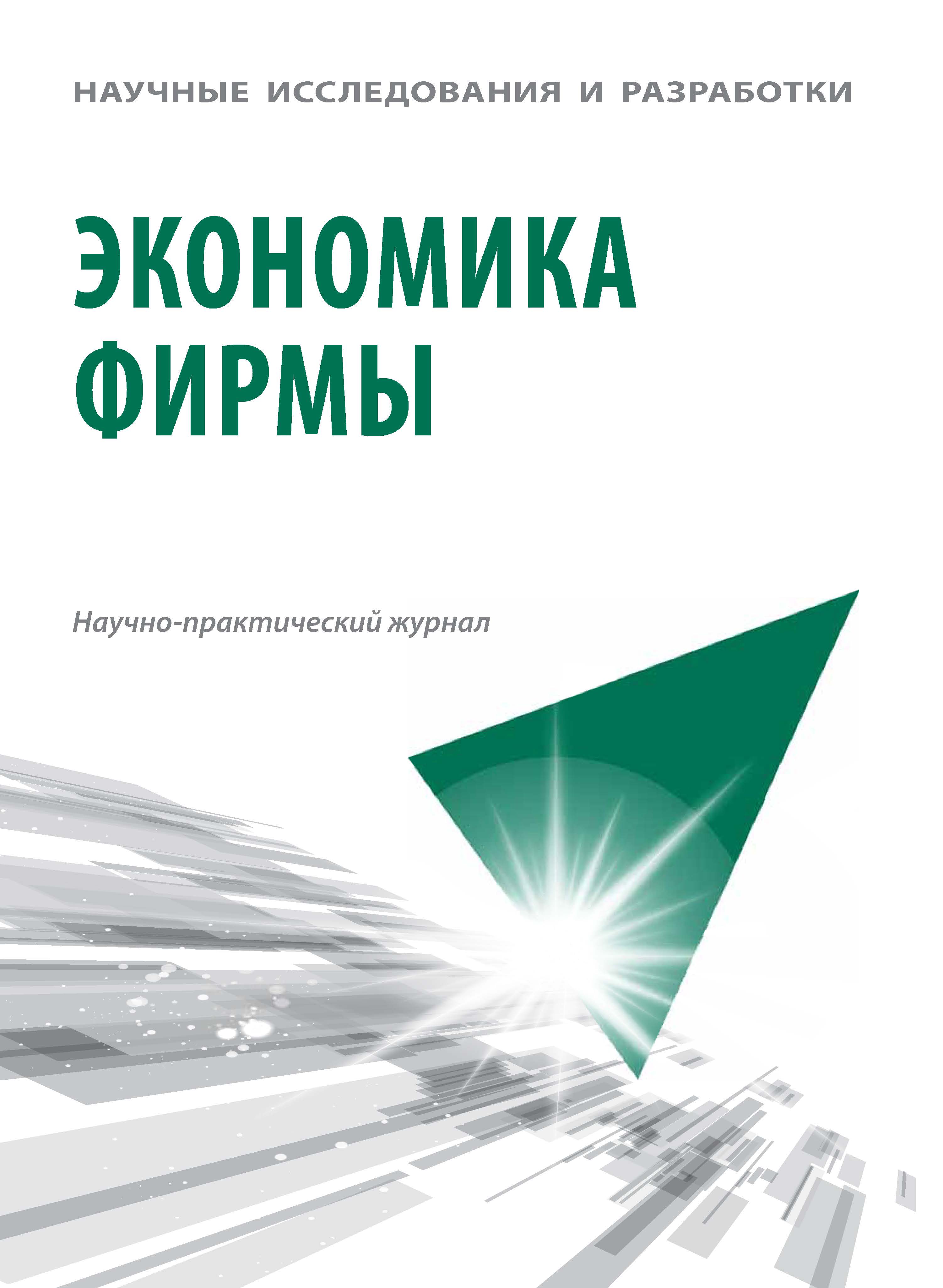Russian Federation
The article examines a learning system that allows the creation of electronic textbooks. In addition, when using a learning environment, it is often necessary to repeat a topic from previously studied basic disciplines, which form interdisciplinary relationships. In the course of learning, students often have to use a variety of information and reference materials, the essence of which is determined by the field of study. These can be regulations, standards, technical references of materials used, guides on the choice of certain parameters, regulatory — legal documents, financial advice or court practice, etc. Instrumental technologies based on a non-linear way of presenting information and contributing to the unity of disparate knowledge bases (interdisciplinary communication in learning) can improve the quality of education and become a significant motivation for studying related disciplines. Examples are given of working with a training system for interdisciplinary relationships.
learning system, electronic textbooks, quality of education, educational process, interdisciplinary communication
1. Kameneva T.N. Metodika obucheniya budushchih menedzherov delovomu pis'mennomu obshcheniyu na anglijskom yazyke s ispol'zovaniem elektronnogo uchebnika. Kand. Diss [Methods of training future managers in business written communication in English using an electronic textbook. Cand. Diss]. K., 2010. 21 p.
2. Polat E.S., Petrov A.E. Obshchie trebovaniya k elektronnom uchebniku, sozdannomu na baze Internet-tekhnologij [General requirements for an electronic textbook created on the basis of Internet technologies]. Available at: http://www.ioso.ru/distant/library/publication/5.htm.
3. Serdyukov P.I. Tekhnologiya razrabotki komp'yuternyh programm po inostrannym yazykam [Technology for the development of computer programs in foreign languages]. Lenvit Publ. 1996. 112 p.
4. Sysoeva S.A. Sozdanie i vnedrenie elektronnyh uchebnyh sredstv: teoreticheskij analiz problemy [Creation and implementation of electronic teaching aids: theoretical analysis of the problem]. Nepreryvnoe obrazovanie [Continuing education]. 2005, I. 1-2, pp. 78-85.
5. Hachaturova S.S. Gipertekstovaya integraciya spravochno-pravovoj podsistemy v obrazovatel'nuyu sredu [Hypertext integration of the legal reference subsystem in the educational environment]. Moscow, Nauchnoe obozrenie. Ekonomicheskie nauki Publ. I. 2, pp. 200-205.






